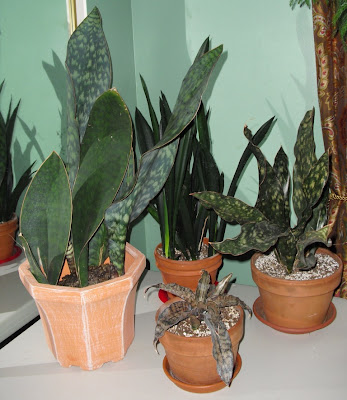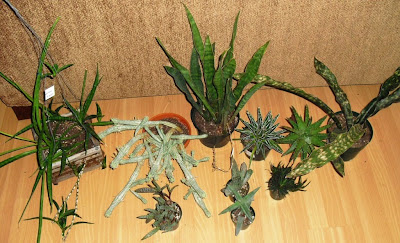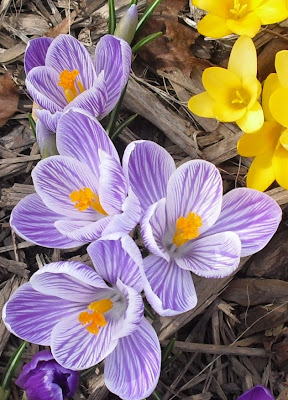The cold-hardy garden plant Hibiscus moschuetos is usually another story. Oh, mine grows vigorously enough every year, but it is also the Japanese beetle magnet from hell. While those voracious little demons (Popillia japonica) will eat almost anything, they do especially love the Malvaceae, the family to which Hibiscus belong. They are also particularly drawn to white flowers, which my particular H. moschuetos has. (Alcea, aka hollyhocks, are also in the Malvaceae, and the beetles go after them as well. Strangely, they tend to leave 3 out of my 4 H. rosa-sinensis alone. They do like my peach double-flowered Hibiscus, which has thinner, more tender leaves than the other three.)
So this year, I planned to get rid of the H. moschuetos, since I never got to enjoy the flowers without those nasty bugs crawling all over them. I cut it down to within a few inches of the ground in May or June, with plans to dig it out later. But I never got around to doing so, and the plant started to grow back. This year's beetle season turned out to be quite light, so the foliage remained relatively untouched. And because bud formation was delayed due to the drastic pruning, the plant is just coming into bloom now, instead of its usual bloom time of early August. (The peak of the beetle season is generally July through mid-August in my area, though in heavy infestation years, it can start earlier and go much later. )
 Hibiscus moschuetos, cultivar unknown. The photograph doesn't fully capture the tinge of pink at the edges of the petals.
Hibiscus moschuetos, cultivar unknown. The photograph doesn't fully capture the tinge of pink at the edges of the petals.I'm thrilled that for once, I get to fully enjoy both types of Hibiscus in my garden.
































